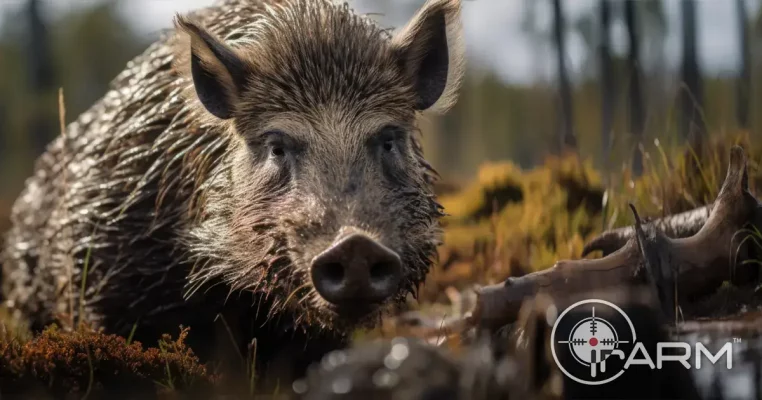
How Do You Hunt Hogs?
Part 1: Getting Ready Because feral hogs are a non-native species that compete for food with wildlife and livestock and
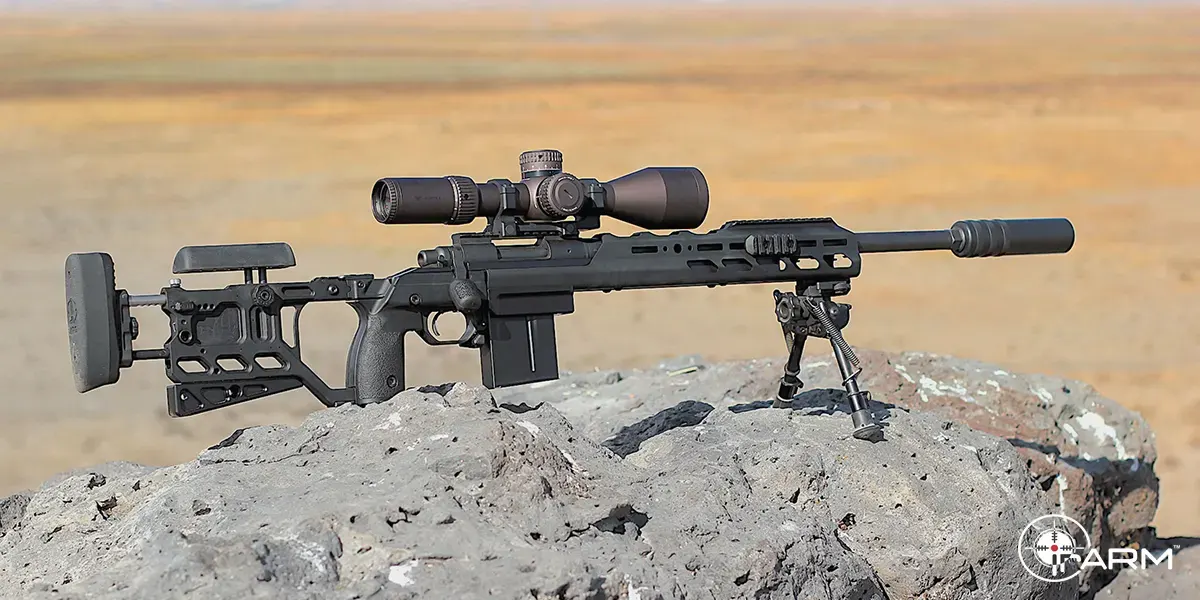

PhD in Optics, is an expert in the field of gun scopes and thermal optics with years of experience and numerous publications in academic journals.
How far can you shoot with a thermal scope? It’s a common question, but it’s not as simple as looking at the ‘detection range’ listed by manufacturers.
The challenge here is understanding the difference between the ‘detection range’ and the actual shooting distance for different-sized targets. You can’t determine the shooting distance solely based on the ‘detection range’ mentioned.
Assuming the gun has a good shooting range, let’s talk about a basic rule when using a thermal scope. Take hunting, for instance. If you’re unsure whether the displayed target is an animal or not, never take the shot. This emphasizes the key point we want to highlight: detecting a hot object is not the same as just seeing it.
Consider two thermal imaging screenshots. In Picture 2, if you’re targeting a hog, you’d only shoot when you’re absolutely sure it’s a hog. However, in Picture 1, if you see just a bright spot without knowing what it is, never shoot. This confusion sometimes arises because people think the ‘detection range’ on the spec sheet implies they can shoot that far. In Picture 1, it’s ‘detection range’ when you only see a bright spot. In Picture 2, it’s ‘identification range’ because you can recognize the exact animal in the field of view.

Picture 1: Detect the target

Picture 2: Recognize the target
Knowing the identification range doesn’t directly answer the initial question about shooting distance. It’s a no.
If someone tells you the recognition or identification range without specifying the target, ask for clarification. The target size is crucial for describing distances with a thermal scope-detection range, recognition range, and identification range all depend on it. Let’s use two pictures as an example:

Picture 1: 20m distance from the target

Picture 2: 800m distance from the target
In Picture 1, we observe two rabbits positioned 20 meters away, while Picture 2 captures a herd of cows at a distance of approximately 800 meters. The general rule is clear: the larger your target, the greater the recognition range your scope can achieve. This implies that shooting a rabbit-sized target from 200 meters might not be feasible, but targeting a cattle-sized object from 800 meters away is within reach.
Now, delving into the concept of DRI, let’s provide a brief overview for better understanding.
“D” signifies detection. According to Johnson’s criteria, ‘detect’ essentially means determining whether an object is present or not. When a heat source contrasts with the background on the screen and disappears as it moves farther away, the measured distance represents the detection distance of the target.
“R” represents recognition, defined as the ability to discern the type of object. Recognition involves determining an object’s class, such as human, animal, or vehicle, and is gauged by the distance at which this distinction can be made.
“I” stands for identification, indicating the distance at which differentiation between objects within a class occurs. For instance, this involves identifying the specific type of vehicle (truck, SUV, or car) or distinguishing whether a human is a soldier or civilian.
It becomes evident that a thermal scope’s detection, recognition, and identification distances fluctuate based on the target’s size and posture. Providing a comprehensive description of the target size alongside the detection, recognition, and identification ranges proves more informative than solely emphasizing the detection range.
The lens plays a pivotal role in determining the detection, recognition, and identification range of a thermal scope, with two key parameters taking the spotlight: focal length and f-number.
Locating the focal length on the specification sheet is a straightforward task. A larger focal length translates to a narrower angle of view, extending the scope’s visibility. Moreover, a larger aperture, denoted by a lower F value, enhances the lens’s ability to capture infrared radiation, resulting in superior final image quality.
To simplify, consider this analogy: a 75mm lens outperforms a 50mm lens for long-range shooting. Similarly, an F/1.0 lens surpasses an F/1.2 lens for achieving better image quality. The practicality of this concept is exemplified in the following images:
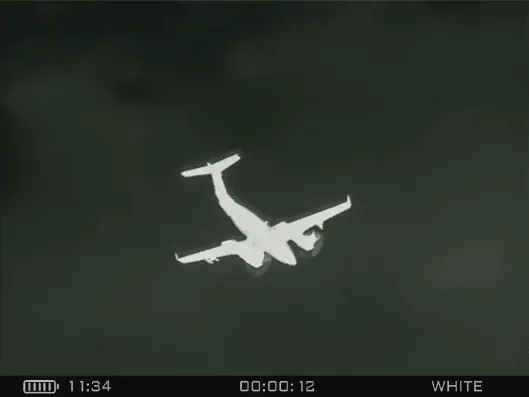
Picture 1: 75mm lens (12μm 384*288)
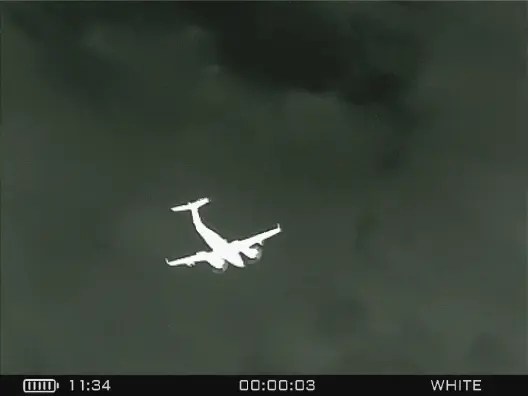
Picture 2: 50mm lens (12μm 384*288)
A quick observation reveals that Picture 1, taken with a device sporting a 75mm f/1.0 lens, boasts a higher magnification (7X) compared to Picture 2, captured by a device featuring a 50mm f/1.0 lens (4.5X), all without sacrificing image quality.
The thermal detector holds significant importance in the functioning of a thermal scope. The area of thermal radiation projected onto the Focal Plane Array (FPA) directly influences the absorption of temperature data. A larger projected area leads to a more detailed image, simplifying the differentiation of targets. However, as targets move farther away, the thermal radiation area decreases, resulting in reduced pixel coverage.
In a scenario where other device variables remain constant, a smaller pixel pitch in the detector accommodates more pixels within the FPA. Consider the example of a human target: for a recognition range requiring a minimum of 6 pixels, a 12-micron device surpasses a 17-micron device. With only 6 pixels on the FPA of a 17-micron device, a 12-micron device covers more than 8 pixels, extending its recognition distance.
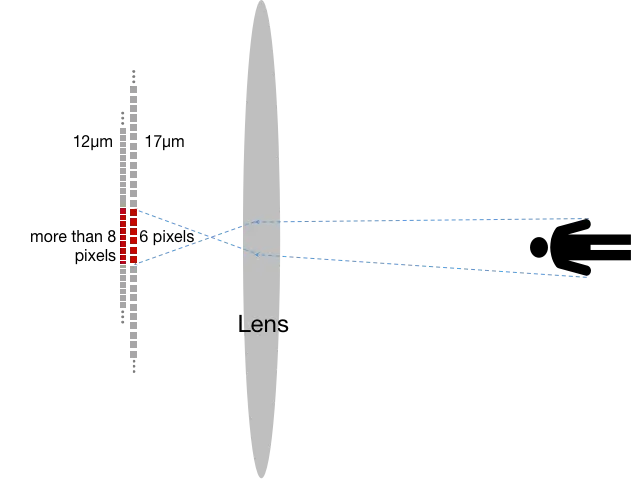
Picture 1: The Difference between 12μm and 17μm
Once thermal energy is directed onto the FPA, the FPGA transforms it into digital signals, initiating a series of signal processes. The algorithm, resolution, and display size collectively impact image magnification. The ultimate visual display, further amplified through the eyepiece, unfolds for the observer.
Understanding the nuances of detection, recognition, and identification distances requires careful consideration of the target’s size and posture. A succinct evaluation of a thermal scope’s shooting range proves elusive with a single parameter. Therefore, when using a thermal scope, a comprehensive understanding of your targets before taking any action is imperative.
In this context, with irARM™ at the forefront of thermal technology, our commitment to precision and performance is exemplified through our two exceptional lines of thermal scopes: the irARM™ Mini Thermal Scope Line and the irARM™ Hawk Thermal Scope Line. Regardless of your choice, unlocking the full potential of Thermal Scopes hinges on your profound knowledge of the environment you are surveilling or engaging. Trust irARM™ to provide you with the cutting-edge tools needed for a clear and accurate thermal perspective.

Part 1: Getting Ready Because feral hogs are a non-native species that compete for food with wildlife and livestock and
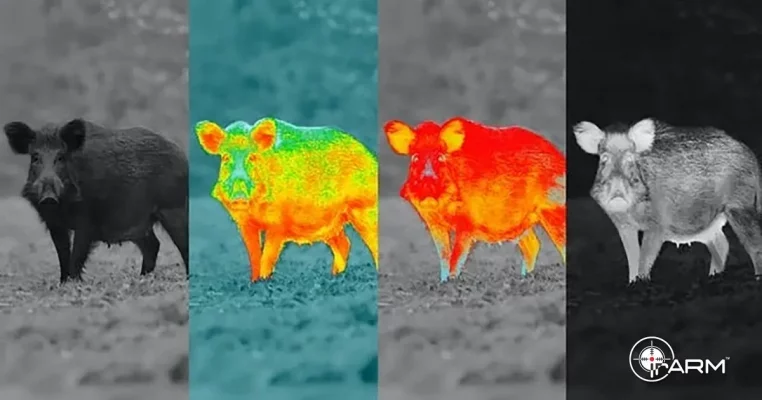
In the realm of hunting, few pursuits are as thrilling and challenging as tracking and taking down the formidable wild
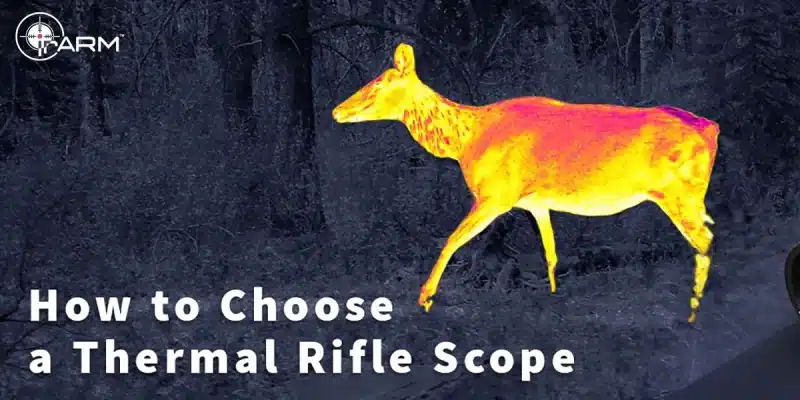
Introduction: Thermal scopes have revolutionized the way hunters, law enforcement professionals, and outdoor enthusiasts approach their activities. Unlike traditional scopes,
irARM™ makes high-quality thermal scopes and cores for outdoor enthusiasts, hunters, and law enforcement. irARM™ is the trusted option for those seeking dependable thermal imaging solutions.
Subscribe to Receive News and Promotions from irARM’s marketing team.
